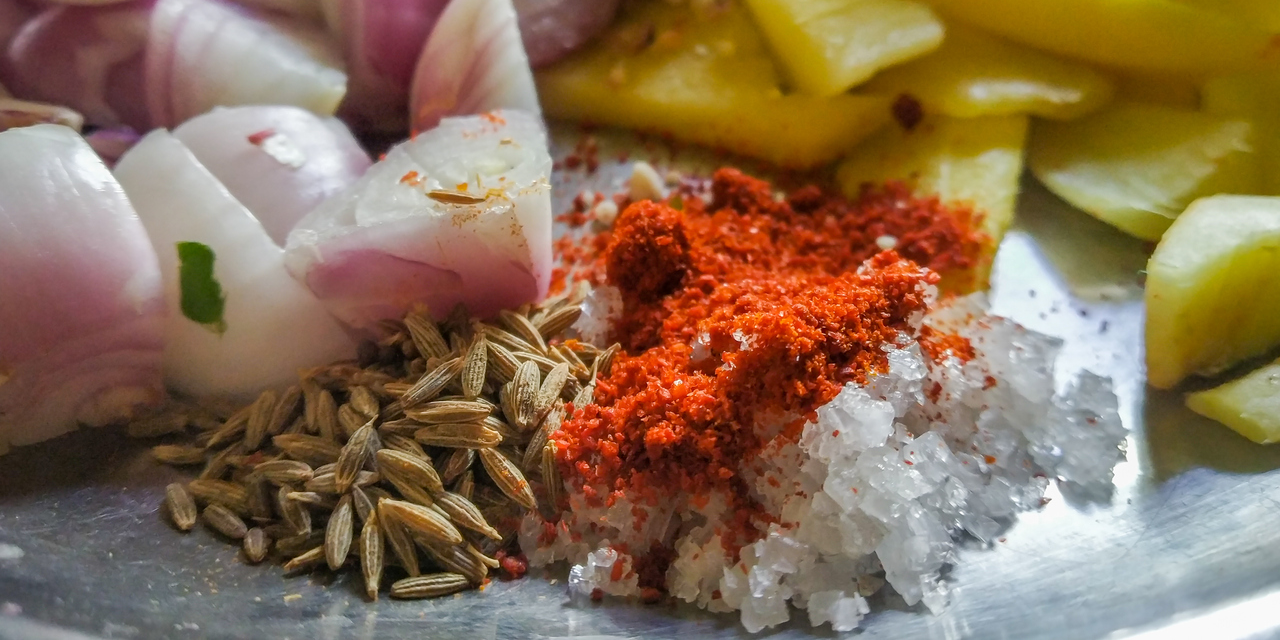
SRII Project: Reducing sodium consumption through behaviour change in India
Population level reduction of dietary salt consumption is one of the World Health Organization’s (WHO) best buys and is identified as one of the top five priority non-communicable disease interventions. The WHO has called for 30% relative reduction in global sodium consumption by 2025.
In India, estimated salt intake is about 10g/day which is twice as high as the WHO recommendation of 5g/day. Like many low- and middle-income countries, more than 80% of the salt consumed in India is either added during cooking or at the table.
Habitual excess salt consumption is a main determinant of the disease burden of high blood pressure, which is responsible for about 170 000 deaths in India each year. The prevalence of hypertension in India is projected to nearly double from 140 million to 214 million people by 2030. The leading cause of death in India is cardiovascular diseases (CVDs), with ischemic heart disease and stroke accountable for more than 80% of total CVD deaths. High blood pressure is the main risk factor for these CVDs.
In India, key stakeholders agree there is a great need for a sodium reduction programme in the country to address the enormous burden of CVDs contributed to by excess dietary salt consumption. However, few efforts have targeted behavioural change interventions at the household level even though most salt in the diet comes from home cooked foods.
Aim:
The objective of this project is to develop a community based behavioural change intervention focused on salt reduction delivered at the household level by Accredited Social Health Activists, who are frontline community based health workers, and test the feasibility, effectiveness, and cost in at least one district in India covering a population of roughly 100,000 for scaling up the intervention in India.
The project incorporates a Design Sprint activity which aims to identify specific messages and modes of delivery to use for the intervention. This includes generating and prototyping various interventions in a test population with the goal of assessing what messages and methods have the highest likelihood of reducing salt intake in communities.
Impact:
The findings of this research will provide much needed evidence to inform policy makers and government in order to implement a cost-effective, scalable community-based intervention to reduce salt intake and control hypertension and reduce cardiovascular disease, the leading-cause of death in India.
Research Methodology:
The project will run from 2019-2021 and is being implemented in four phases:
Phase 1: Background research on common sources of salt, combining desk review with some in-home observation, focus group discussions, and community mapping activities.
Phase 2: Pre-intervention activities
- Activity 1: Design Sprint
- Activity 2: Preparation for intervention including design and training
- Activity 3: Pre-intervention survey
Phase 3: Intervention implementation
Phase 4: Post intervention survey
Current Status:






